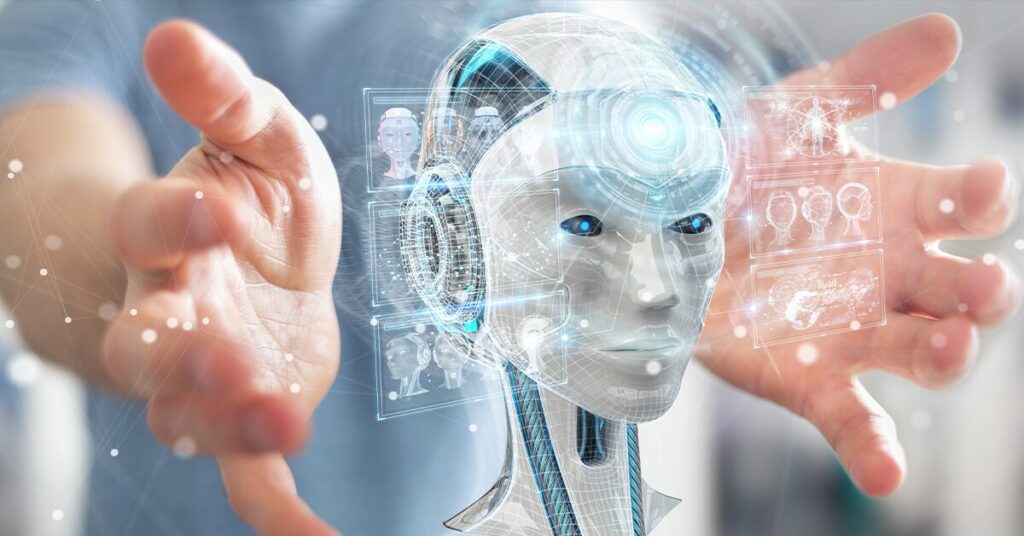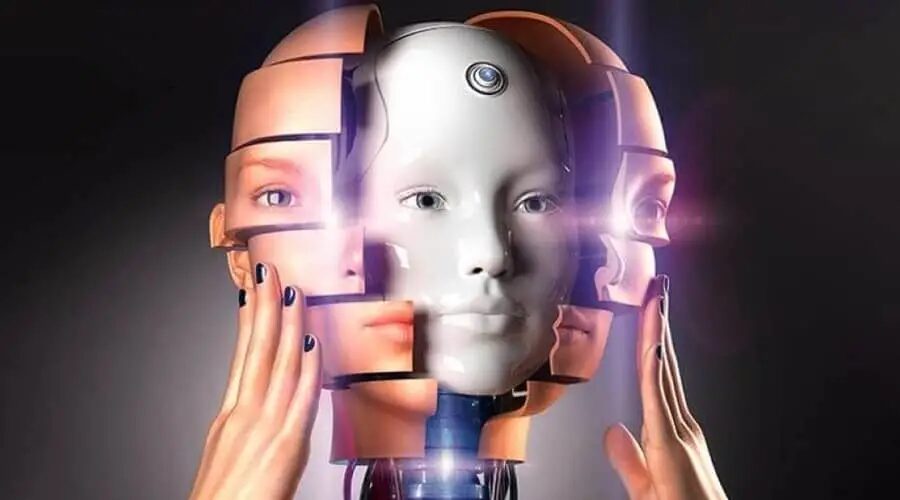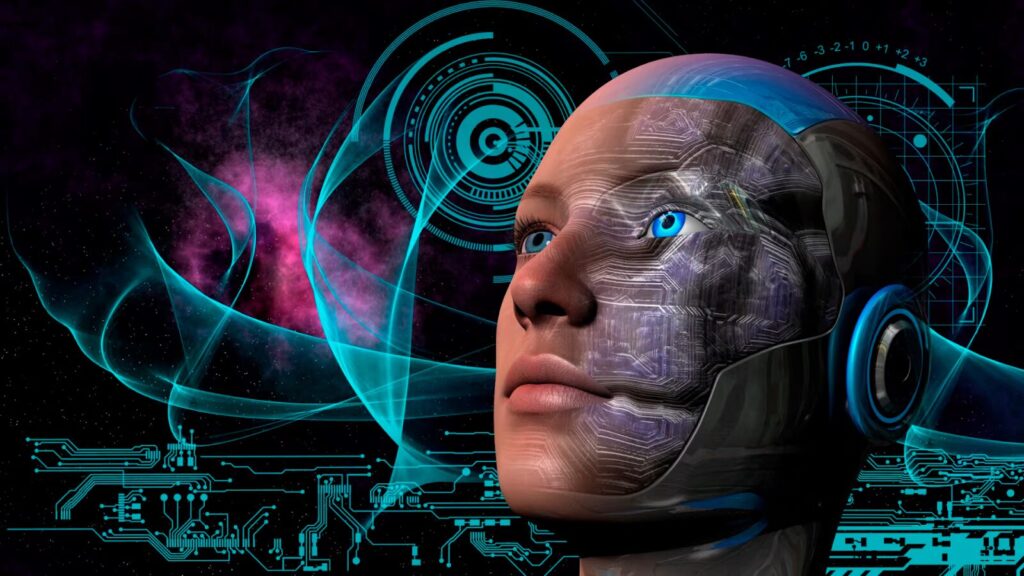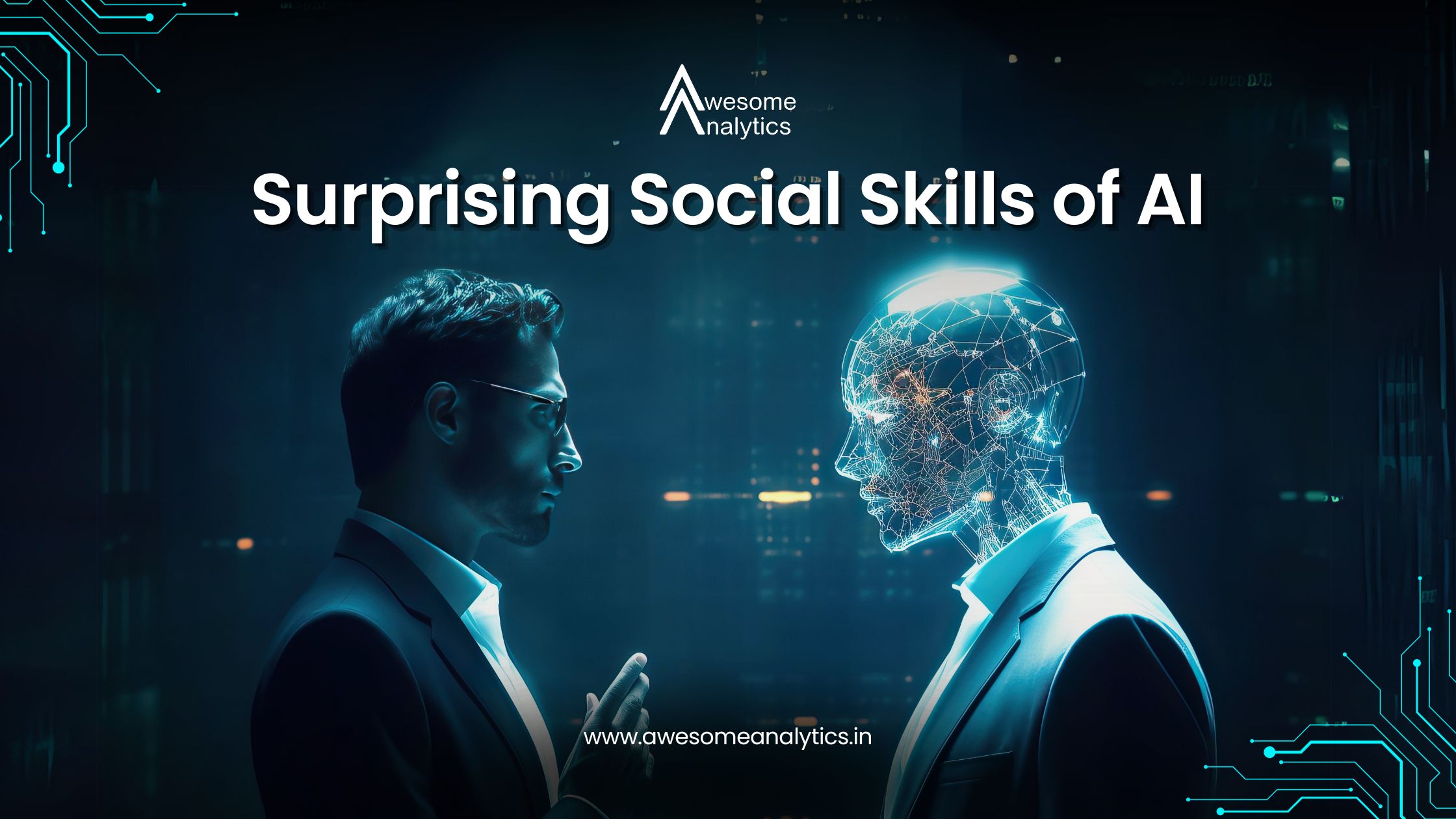The Evolution of AI Social Skills
In the late 1990s, MIT researchers introduced Kismet, one of the first "social robots." Fast forward to today, and AI's ability to learn, solve problems, and understand human emotions has skyrocketed. ChatGPT, for example, can convincingly express empathy, bringing us closer to the day when AI might pass the Turing test.
Understanding Social Intelligence
To gauge AI's social intelligence, we consider three crucial aspects: social perception, Theory of Mind (ToM), and social interaction. Social perception involves recognizing living, goal-oriented entities. Theory of Mind is about attributing intents and acknowledging differing perspectives. Social interaction includes reading and responding to cues like voice, facial expressions, and gestures.

The Path to Social Intelligence
While AI hasn't mastered all aspects, three key examples suggest it's on the brink:
1. Having Social Goals: Researchers employed a mathematical framework, a Markov decision process (MDP), to imbue robots with social and physical goals. This hints at the potential for robots to decide when to help or hinder, a crucial social skill.
2. Cooperating with Humans: AI's future lies in cooperation, not just competition. An algorithm allowing AI to cooperate with humans in multiplayer games showcases its social perception and ability to establish long-term relationships.
3. Showing Empathy: Emoshape's emotion chip enables AI to understand and replicate a vast array of emotional states. This means AI-equipped avatars can analyze human emotions through various cues and respond with nuanced facial expressions.
The Human-AI Collaboration

As we delve into the future, AI and humans must work together effectively. It's crucial to address biases and ensure AI doesn't adopt negative human emotions that can impact social interactions.

Redefining Work Dynamics
AI's potential collaboration with humans in the workplace is promising:
1. Tailored Sales Presentations: AI analyzes client interactions to coach salespersons on tailoring presentations based on learning styles, personalities, and emotional responses.
2. Enhancing Customer Service: In call centers, AI detects customer emotions and provides real-time suggestions to service agents, fostering empathetic communication.
3. Alleviating Workload: AI reduces the workload of overburdened professionals, offering them more time and cognitive capacity to engage compassionately with people.
Embracing a New Era
While AI may never experience emotions like humans, it's reaching a point where the difference is hard to discern. In an increasingly virtual world, the key is not to fear the AI revolution but to embrace it with curiosity, a growth mindset, and a collaborative spirit.
In a world craving empathy, perhaps machines can help reteach the social skills that define our humanity.



